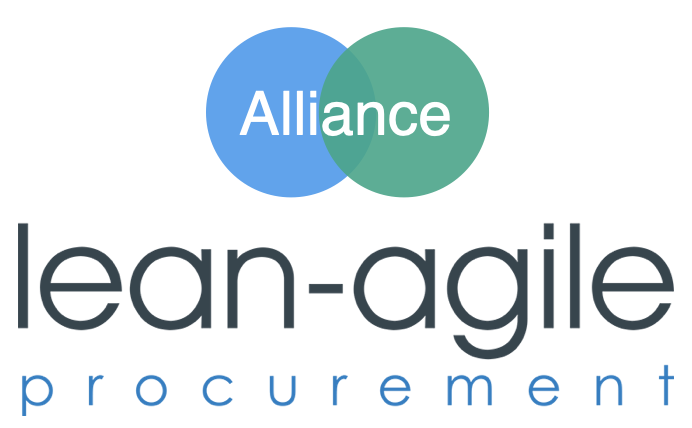
The Home of
Agile Contracts
Volatile, uncertain and often unpredictable market conditions demand unprecedented levels of adaptability within and between organizations. Agile Contracts provide the legal foundation that enables a trust-based collaboration and takes strategic partnerships to a new level.
What’s an
Agile Contract?
Traditional relationships between organizations and their contracts are designed to emphasize predictability and mitigate risk between the parties. These contracts typically operate within a control-based culture characterized by a low level of trust, with often just a one time delivery.
Agile contracts, in contrast to traditional relationships between organizations, are designed to prioritize adaptability and collaboration. These contracts emphasize iterative delivery and continuous improvement, fostering a trust-based culture where both parties work together closely to achieve shared goals.
Value Proposition of Agile Contracts
For complex business cases that require external support, services, or products Agile Contracts offers the legal foundation for a trust-based collaboration to deliver better outcomes faster together.
The Home of
Agile Contracts
is the first comprehensive knowledge-base
With over 20 years of experience, we have developed the first comprehensive knowledge base on Agile Contracts. This resource brings together insights from Procurement, Legal, Commercial, and Agile Perspectives, unifying these disciplines to clarify which contract types are most appropriate in various situations.
Mirko Kleiner and the LAP Alliance have mapped traditional and modern contract types to a spectrum, providing more a clear understanding of their differences and applications.
“No contract is inherently bad, only mismatched with its context."
— Mirko Kleiner, Thought Leader & President LAP Alliance
Even bettern than that has the LAP Alliance designed a framework and with it an intuitive tool called “The Advisory Bot” to help collaboratively define your contracting strategy based on your specific context.
According to the 2024 Report of the annual Study State of Agility in Procurement & Supply:
92%
Business Agility is of strategic Importance
98%
Better Outcomes with Agile Contracts
82%
Don’t feel confident to manage Agile Contracts
Knowledge base of different contract types
Click on the contract types listed below to gain insights into their challenges, advantages, and optimal usage scenarios.
Beware of FAKE Agile Contracts! Know the Difference
Core Values & Principles of Agile Contracts
The concept of Agile Contracts traces its origins to the Agile Manifesto created in 2001. More specifically, the Agile Contract Manifesto outlines the values and principles relevant to contracting in an Agile context.
Beyond the core values and principles underlying an Agile contract, several key ideas have influenced its various evolutions.
Fliping the iron triangle upside down
Traditional change management often results in unnecessary overhead, additional costs, delays, and frustration for all parties involved (a lose-lose situation). The 'exchange for free' approach, however, allows for adaptation to new ideas within the existing budget, time, and quality constraints, provided that something less important is removed.
In volatile, uncertain, and constantly changing market conditions, the scope of business cases becomes unpredictable. Consequently, the only aspects that can be reliably fixed are time, cost, and quality.
Exchange for FREE
An Agile Contract is more than the SoW!
When considering a traditional NDA, which often shifts all risk onto the vendor, it becomes evident that Agile values and principles should be incorporated into the entire contractual framework, including all appendices. This is often overlooked or not initially clear to the parties involved.
Having a comprehensive contractual framework with appendices is beneficial, as it allows for static agreements, such as the master service agreement, while keeping the Statement of Work (SoW) and its appendices more dynamic or even as 'living documents'.
It's a good practice to keep all documents as lean and clear as possible, ensuring they remain readable and accessible.
Treat Suppliers as
True Partners
Click on the image below and explore the differences between traditional and agile partner management.
Deconstruct your Partnership or Supply Chain on 1 page
The Lean Procurement Canvas is the most Lean Agile Contract
The Lean Ecosystem Canvas is the most Lean MUTUAL Agile Contract
History & Acknowledgement
Below is a selection of key developments that have led to the creation of The Home of Agile Contracts. We extend our gratitude to all the thought leaders and influencers who have contributed to this journey.
A special thank you goes to my friends Jeff Sutherland co-creator of Scrum, Tim Cummins founder of WorldCC and Peter Stevens. Our visualizations are inspiration by Peter’s book Ten Agile Contracts.












